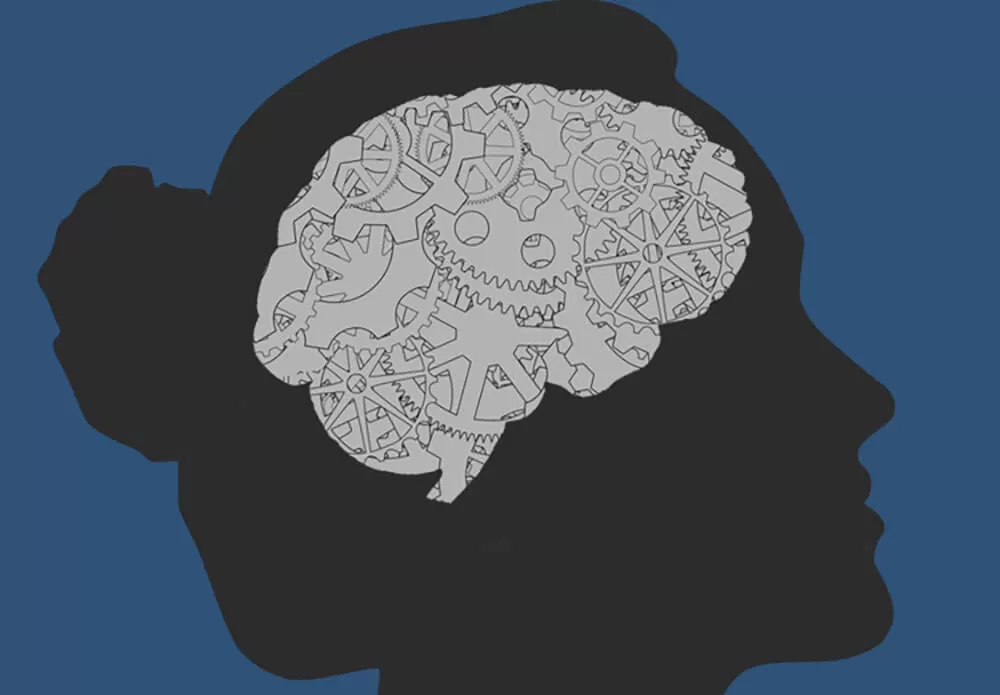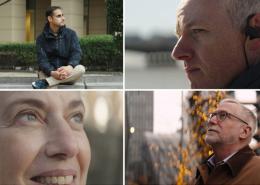Fixing Broken Body Clocks

By finding ways to restore sleep rhythms, researchers can benefit Alzheimer’s patients and others.
Every living being from fungi to frogs has an internal clock that normally runs on a 24-hour cycle. In humans, this master clock resides in a tiny region of the brain’s hypothalamus and controls everything from hunger and sleep patterns to daily hormone fluctuations and body temperature. The brain’s master clock sets the tempo for the rhythms of every cell throughout the whole body. “It’s like having an orchestra with all these instruments playing together,” says Travis Wager, a Research Fellow in Medicinal Chemistry and Neuroscience based at Pfizer’s Kendall Square site in Cambridge. “The master clock is the conductor that regulates and connects them so they can function together to yield a healthy biological system.”
Day light savings time adjustment, traveling across time zones, working overnight shifts, and aging can all affect the ticking of these body clocks. What you may not know is that disrupted circadian cycles might also be a factor in some diseases. In the growing field of circadian medicine, scientists are honing in on what makes our internal timekeepers tick with the hopes of developing treatments that could restore these rhythms to a healthy state.
Shining Light on Sleep
Light from the surrounding environment is the main cue that guides the master clock, but internal processes are also at play. Wager and a team of scientists from the University of Machester, in England, published research in 2010 showing how modulation of an enzyme known as casein kinase 1 (CK1) holds promise of regulating and restoring disrupted circadian rhythms.
Wager and researchers are now testing a CK1 inhibitor in healthy populations and soon in patients with Alzheimer’s disease, a condition where circadian disruptions are correlated with serious sleep problems, agitation, and late-night wandering. Those conditions, says Wager, "make Alzheimer’s patients difficult to manage, and that’s part of the reason they end up in nursing homes. If we could simply promote healthy circadian rhtyhms such as sleep-wake cycles and reduce agitation in those patients, it’s a win. They can stay with their families longer.”
Getting into the Rhythm
An important offshoot of this research has been developing novel ways to track and diagnose circadian disorders using digital tools as a complement to sleep studies. The classic sleep study tests involve polysomnography, which requires patients to stay overnight in a lab to record brain waves, oxygen levels, heart rate, and breathing. Using new technology such as wearable activity trackers and an ingestible pill that measures core body temperature for 24 hours, Wager and his team are able to hone in on new markers that can indicate both healthy and disrupted circadian rhythms.
Given that sleep-wake cycles are actually genetically regulated, researchers were also able to mine traditional samples such as patients’ hair, blood, and saliva to better understand circadian rhythms. “People who tend to be early birds and night owls have different gene signatures,” says Jean-Claude Marshall, Head of Clinical Genetics at Pfizer’s Groton, Connecticut research site.
Sometimes the simplest tools can be effective too. Patients can monitor when their normal sleep rhythms are on the fritz. In a disease like Alzheimer’s, this can potentially help track disease progression. “One of the first things you may observe with Alzheimer’s is a dysregulated sleep-wake cycles,” says Wager. “It manifests before you even have some of the cognition declines, so you’ve captured it early.” .
Ultimately, this research could have wide-ranging impact beyond the Alzheimer’s population. “At the end of the day, if it’s as good as we think, it could be used in anybody with circadian dysregulation to help promote health aging,” says Wager.





